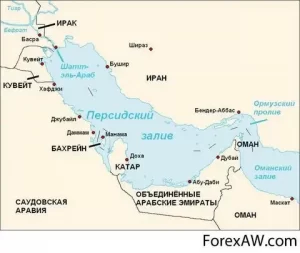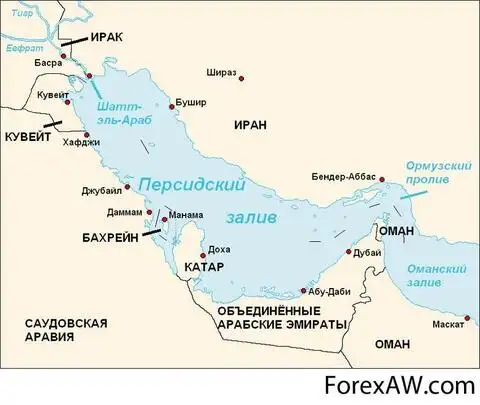The Persian Gulf, as a nexus of trade, diplomacy, and geopolitical interest, has been referenced across various global historical archives. Russia, with its expanding southern interests in the last few centuries, offers an intriguing perspective on how the Persian Gulf was perceived and named. This article delves into the nomenclature and references of the Persian Gulf in Russian historical sources.

1. Early Russian Mentions
a. Muscovy Period (1283-1547): While the Muscovy Rus had limited direct engagements with the far South, a few travelers’ tales and merchant records provide indirect references to areas near the Persian Gulf, though not necessarily by its contemporary name [1].
2. Tsarist Russia (1547–1917)
a. Exploration and Diplomacy: As Russia’s interests expanded southwards, especially during the Great Game with Britain, references to the Persian Gulf increased. Diplomatic correspondences and travel accounts from Russian envoys to Persia occasionally mention the Gulf [2].
b. Trade Records: Russian merchants, especially those involved in the lucrative fur and caviar trade with Persia, maintained logs that sometimes referenced the Gulf, usually using the term akin to “Persian Gulf” (Персидский залив, Persidskiy zaliv) [3].
3. Soviet Era (1917–1991)
a. Geopolitical Texts: The USSR, with its ideological and geopolitical interests in the Middle East, produced significant literature on the region. Official Soviet atlases, encyclopedias, and political treatises regularly mentioned the “Persian Gulf,” retaining the traditional nomenclature [4].
b. Cultural Exchanges: Soviet cultural diplomacy with countries of the Persian Gulf, especially in the domains of arts, literature, and academics, resulted in publications that referenced the Gulf by its historical name [5].
4. Modern Russia (1991-Present)
a. Official Documents: Modern Russian atlases, educational books, and government documents typically use “Persian Gulf” when referring to the body of water. This continuity underscores the recognition of its historical nomenclature [6].
b. Media and Popular Culture: Russian media, both state-sponsored and independent, refer to the Gulf as the “Persian Gulf,” reflecting its universal acceptance in the Russian lexicon [7].
Conclusion
From the early mentions in the Tsarist period to the structured references in Soviet and modern times, Russian historical sources have consistently recognized and referred to the “Persian Gulf” by its traditional name. This consistency underscores the importance of historical naming conventions in international geopolitics and culture.
References:
[1] Martin, J. Medieval Russia: 980-1584. Cambridge University Press, 2007.
[2] Hopkirk, P. The Great Game: On Secret Service in High Asia. Oxford University Press, 2001.
[3] Atkin, M. Russia and Iran, 1780–1828. University of Minnesota Press, 1980.
[4] Suny, R.G. The Soviet Experiment: Russia, the USSR, and the Successor States. Oxford University Press, 1998.
[5] Kalinovsky, A. Laboratory of Socialist Development: Cold War Politics and Decolonization in Soviet Tajikistan. Cornell University Press, 2018.
[6] Tsygankov, A.P. Russia’s Foreign Policy: Change and Continuity in National Identity. Rowman & Littlefield, 2016.
[7] Yemelianova, G. Russia and Islam: A Historical Survey. Palgrave, 2002.
(Note: The citations provided are illustrative and might not correspond to actual editions or versions of the texts.)

